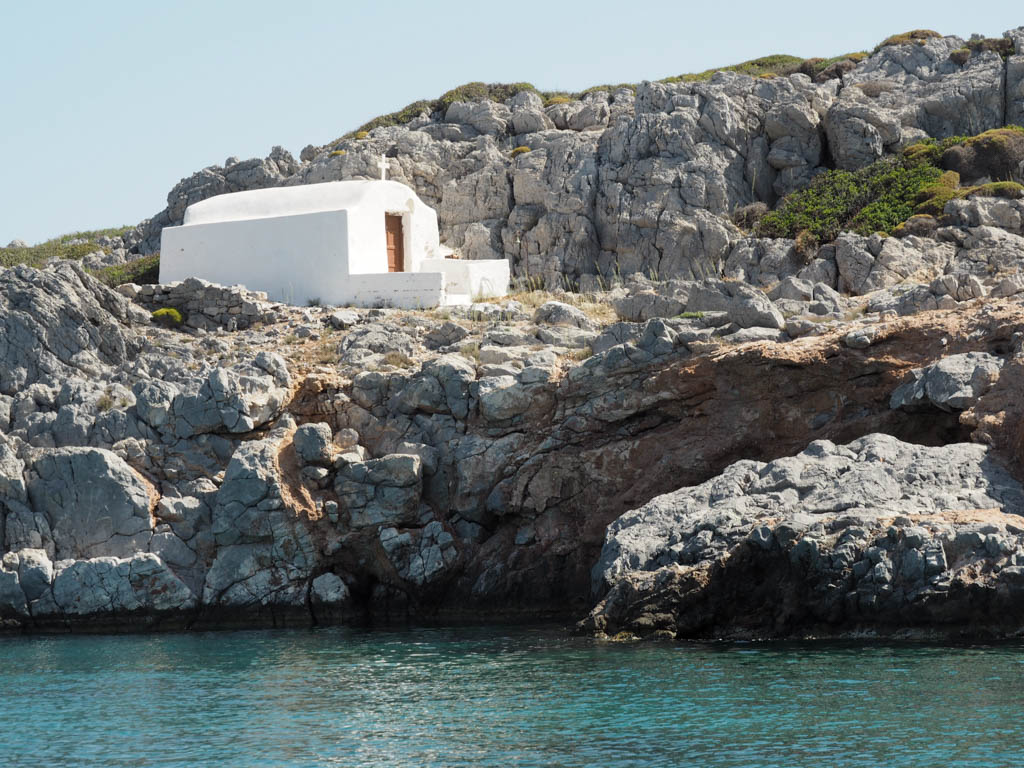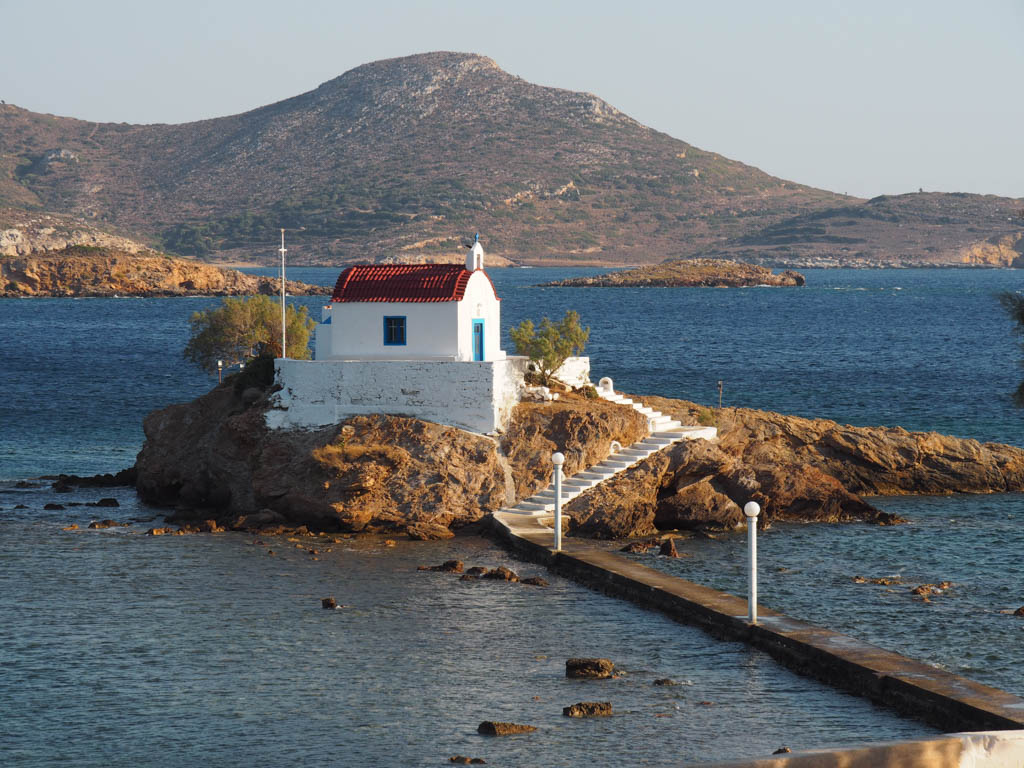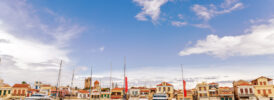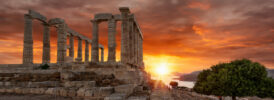The Dodecanese island group features some very high-profile destinations, Rhodes and Kos for instance. While these islands offer a great deal to the visitor, they are also the best known. For a more personal experience of the charms of the Dodecanese, these quieter destinations offer an appealing alternative.
Patmos – Faith and Wonder
Long a destination of religious tourism and pilgrimage, Patmos is well known for the Cave of the Apocalypse, the place where St. John received his divine visions and recorded them in the Apocalypse. This cave, which is also an Orthodox Christian Church together with the Monastery of St. John the Theologian, rank as some of the most sacred sites of Christianity.

But Patmos is by no means just for religious tourism; the sites are beautiful, contemplative, and of great cultural significance. The Monastery of St. John the Theologian is also on Patmos’ highest point- an ideal place from which to survey the majesty of the Aegean.
The Chora of Patmos – also known as Patmos Town – is spread out at the base of the Monastery which rises dramatically above. It is but a short walk from Skala – the port of Patmos. The Chora is a brilliantly white tangle of traditional Greek Island architecture – simple ‘sugar-loaf’ houses that feel so at home under the Aegean blue skies. Among the homes you’ll see elegant captain’s mansions, historic dwellings of the Byzantine era.

The elegant mansions, churches, and simple island architecture are all carefully preserved, as is the beautiful network of little cobbled alleys and staircases. It is a wonderful place to wander on a summer evening, boughs of bougainvillea overhead.
Patmos’ well-preserved elegance makes it very well suited to understated luxury travel. The island offers excellent boutique accommodations with a strong sense of local character. There is also very good dining – the freshest of seafoods, traditional recipes – food with a story to tell.
Leros- a Little bit of Italy in the Dodecanese
Leros is truly a surprise. The fact that this is by far one of the lesser known of the Dodecanese only adds to its interest – this is not a destination overrun with visitors. Leros’ authentic self is completely intact.

Although seemingly an out-of-the-way destination Leros has some international influence. This was a stronghold of the Italians, who held sway in the Dodecanese before and after WWII. You will see their influence in some very surprising architecture. The town of Lakki is truly unique. Mussolini’s architects created an entire town of futuristic, Art-Deco style buildings. Lakki’s school and its clock tower are of particular interest.

Gastronomy, too, is a very big attraction in Leros. The seas here are unusually abundant, with a great variety of fish, best enjoyed at Panteli or Xerokambos, alongside sea views. The traditional cuisine of Leros also is characterized by a variety of excellent pies, including the small and delicate “Perugia” = pouches. A special local treat is local myzithra cheese made of fresh sheep’s milk, and cured in the lees of red wine. Leros’ cuisine is marked by the simplicity and bright flavors of island cuisine, with an interesting difference- sea trade connected Leros with North Africa and Asia Minor, and together with the Italian influence, this makes for some sophisticated flavors.
Although the island has an international influence and sophistication, it is a quiet and out-of-the-way corner of the Aegean. Leros’ appeal is not flashy, but more of an authentic and laid-back charm – truly a delight for travelers looking to connect with a place.
Anyone looking for even more remote and unspoiled beauty will enjoy an excursion to Archangelos, Tripiti, or Strogili – the charming islets right off Leros’ northern coast.
Astypalaia – Sweetly Wild Beauty
Astypalaia is literally the butterfly of the Dodecanese – a beautifully shaped island of two wings, joined in the center.
Sailors enjoy Astypalaia for the wonderful variety of islets off of the coast. In the northern bay is the long and slender Foukionisia, and in the southern bay there is a choice – tiny Glino and Agia Kyriaki, and the ever so slightly larger Koutsomiti and Kounoupi- which has a lovely beach. These in turn are surrounded by small rocky islets.

The Aegean Islands are graced by strong winds, not only a gift to sailors but also to the architecture: one will see some of the iconic windmills of the Greek Islands here. Chora has eight historic windmills, built in the 18th or 19th centuries, dramatically set on a hilltop.
There is more architectural charm in Astypalaia. The Chora – main town – is a sparkling whitewashed gem, curved around its shimmering port and sharply ascending the hillside. The traditional architecture lining the winding alleys, interspersed with small churches, leads up to a dramatic Venetian fortress, the Querini castle.

Apart from the charming Chora, Astypalaia is not very developed, making this a popular destination for nature lovers, hikers, and cavers. There is excellent rock climbing at Ftera, a 20 minute drive from Chora, where the limestone rocks offer some 20 different routes. The cave of Negrou, filled with stalactites and stalagmites, can be reached by boat or by hike.

It is not only nature lovers who enjoy the pristine settings but also bees- Astypalaia is well-known for its Thyme Honey- the sweetest and most fragrant taste of the island.
Have you ever visited any of these lesser-known gems of the Dodecanese?





